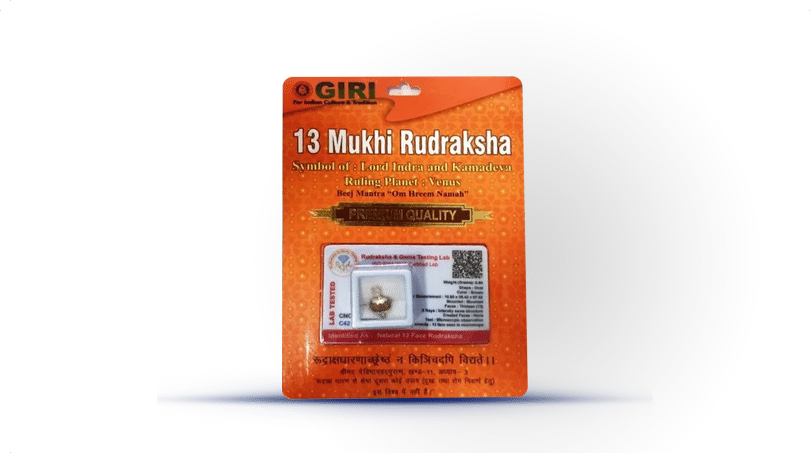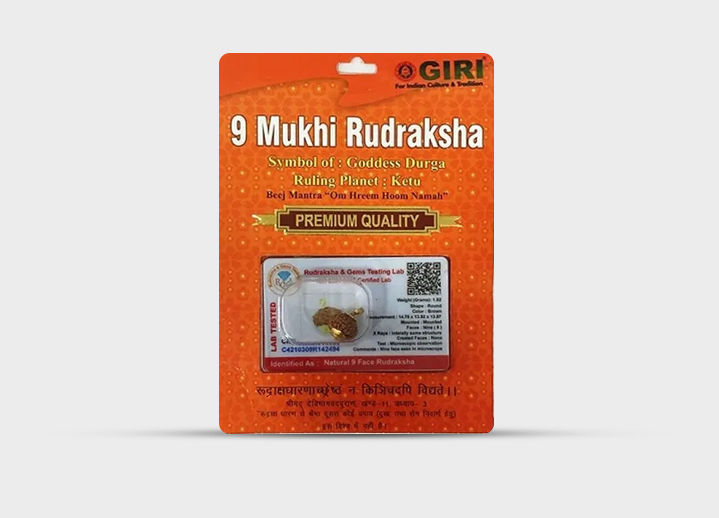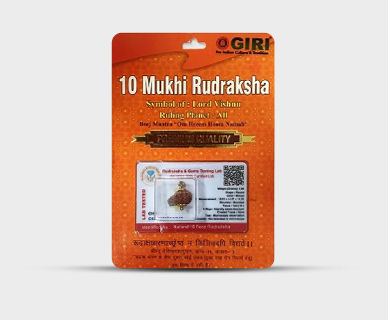Rudraksha


Rudraksha
Rudraksha, literally translated to mean the eyes (aksha) of Lord Shiva (Rudra), is undisputedly the holiest bead in Hindu scriptures and a very sacred item used for worship in various Indian and Nepalese cultures. Puranas, Upanishads and various Tantra texts exalt the virtues that accrue to the person wearing these beads.




The rudraksha is the seed from the fruit of the purple Olive (Elaeocarpus Ganitrus) - a tree found in India, Nepal and the Himalayas, as well as in places such as Indonesia and Australia. This tree typically has simple flowers with four or five petals, and a striking but inedible blue fruit. The dried seeds of this fruit are known as Rudraksha. Indonesia supplies most of the worlds ruraksha, although the really popular and valuable ones tend to be from Nepal. Rudrakshas produced by trees in South India and Sri Lanka tend to be large and are known as Bhadas. raksh
Rudrakshas are classified according to the number of ‘faces’ they have which is based on the ridges that occur naturally on their surface. The most revered and auspicious of them all is the rudraksha with one ‘face’ as it is considered to be Rudra himself! These round ekamukhi rudrakshas are actually malformed 5 faced rudrakshas where the ridges have fused together, and tend to be found as Bhadrakshas or from Indonesia. Rudrakshas with upto 6 faces tend to be round and beyond that they tend to be elongated.


It is not uncommon to see conjoined rudraksha beads, where two 5 faced beads or one 5 and one 6 faced bead are joined together. However three beads fused together trijuti is rather rare and therefore expensive!


Revered across cultures for their mystical properties, the Rudraksha seeds have been cherished for millennia, not only for their aesthetic appeal but also for their spiritual and healing benefits. The benefits, combinations, colours and various other rules for wearing and using rudraksha beads have been detailed in several scriptures, such as the Shiva Puranam, Padma Puranam, Srimad Bhagavtam, Linga Puranam, Mahakala Samhita etc. It is believed that the virtues of rudraksha beads with 3 to 9 faces benefit the wearer with higher spiritual benefits, especially since it is important that they are energised before use. It is believed that wearing an unenergised Rudraksha is sinful.
It is also a common rule that a rudraksha mala that is worn, cannot be used as a rosary. And it is an unspoken rule that the rudraksha bead should not touch the floor, or it will need to be re-energised.
The best place to obtain an energised rudraksha would be from one’s Guru. If one doesn’t have a guru, the next best option would be to buy it from a trusted vendor such as GIRI and then get it energised. Below are the generally suggested rudraksha beads according to planetary inflictions:
| 1 face | To eliminate the ill effects it of Sun in the birth chart |
| 2 face | To remove the ill effects it of Moon in the birth chart |
| 3 face | To get rid of the problems caused by Mars (Mangal) in the birth chart |
| 4 face | Reduces the ill effects of mercury (Budha) in the birth chart |
| 5 face | To ward of the effects of Jupiter (Guru) in the birth chart |
| 6 face | To eliminate the ill effects of Venus (Sukran) in the birth chart |
| 7 face | To remove the ill effects of Saturn ( Shani) in the birth chart |
| 8 face | Reduces the impact of Rahu in the birth chart |
| 9 face | Removes the impacts of Ketu in the birth chart |
Apart from the above mentioned, scriptures also mention rudraksha remedies for afflictions of Lagnas and rashis , nakshatras as well as specific objectives that are desired. While it is not necessary to wear any specific rudraksha, it would be best if one could wear a rudraksha mala that contains several beads.








Explore our range of authentic rudraksha beads here.


